Embarking on an adventure in Japan’s vibrant capital means getting familiar with one of the most efficient public transport systems in the world—the Tokyo Metro. Whether you’re a wide-eyed tourist or an expat taking the plunge into metropolitan living, understanding how to navigate the Tokyo metro is essential. With this comprehensive Tokyo Metro guide, you’ll transform from a hesitant first-timer into a confident commuter, unraveling the intricacies of the vast Tokyo subway system with ease.
Key Takeaways
- Master the Tokyo Metro’s color-coded lines and multilingual signs for stress-free travel.
- Discover the perks of discount tickets and rechargeable IC cards to save money and time.
- Identify peak travel times to optimize your journey and avoid the crowds.
- Leverage the Tokyo subway system’s accessibility features for a comfortable ride.
- Learn the essentials before you go to maneuver the metro like a local.
- Effortlessly transition between interconnected lines for seamless city navigation.
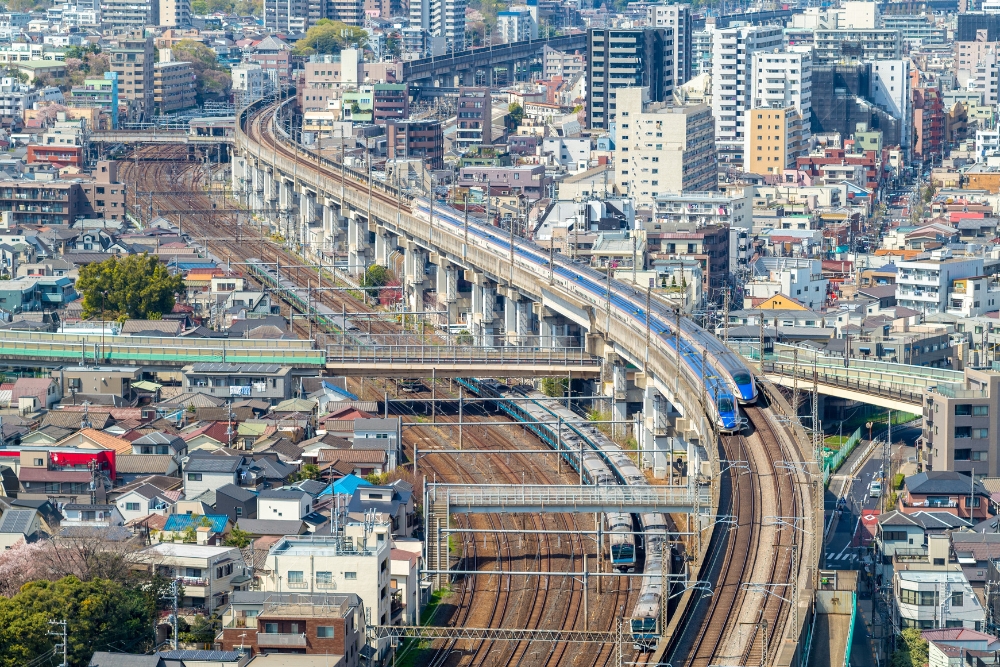
Understanding the Tokyo Subway System
As you begin to explore the vibrant and bustling city of Tokyo, getting acquainted with its public transportation system is essential for effective navigation. The Tokyo subway system is famed for its efficiency and is an indispensable part of daily life in the city. Here, we will delve into the intricate network of Tokyo Metro lines and Toei Transportation, and how these are interlinked to create one of the most comprehensive urban transit systems in the world.
Overview of Tokyo Metro and Toei Lines
The backbone of Tokyo’s extensive transit system is the Tokyo Metro, which operates nine major lines that span approximately 195 kilometers and connect 180 stations. This is paired with Toei Transportation’s four lines, serving an additional 106 stations, effectively broadening the web of Tokyo Metro routes to reach more destinations. This network’s scope ensures you can traverse the city’s length and breadth with relative ease.
Recognizing the Complexity of Multiple Operators
The uniqueness of Tokyo’s subway system lies in its operation by multiple entities. While navigating through the system, it’s important to be mindful that your journey may span services operated by different companies. To illustrate, in addition to Tokyo Metro and Toei, you might also travel on lines managed by JR East, Keio Corporation, and the Odakyu Electric Railway. Though this may sound complex, the integration between these services allows for seamless transfers and a more expansive reach across Tokyo.
Station Structure and Interconnectedness
Smooth transit within Tokyo relies heavily on the well-thought-out station design and connectivity between lines. The strategic layout of stations facilitates easy transitions between the complex web of Tokyo Metro lines and Toei routes, as well as other operators. Robust signage in multiple languages ensures that even those new to Tokyo can find their way. Whether you are changing to a JR line or another private operator, the directions within the stations will guide you efficiently to your next leg of the journey.
Embrace the dynamism of Tokyo by mastering its subway system – your key to uncovering all the urban and cultural treasures this city has to offer.
Preparation: What You Need to Know Before You Go
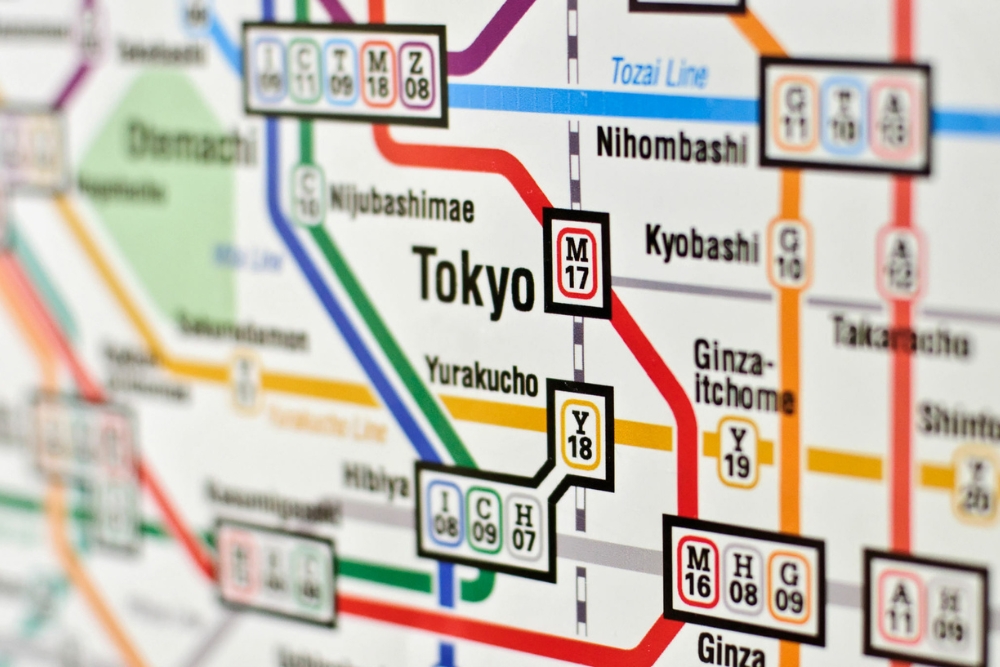
Embarking on an adventure through the immense Tokyo Metro system can be a thrilling experience, but proper preparation is the keystone to a smooth journey. In this section, we’ll arm you with essential Tokyo metro travel tips and directions to navigate the intricate network with ease. From key terms and station names to accessibility considerations, this guide has got you covered.
Learning Key Terms and Station Names
If you’re looking to journey through Tokyo’s underground like a local, it’s vital to get a grip on commonly used terms and station names. This knowledge will aid you immensely, especially when you’re looking to follow Tokyo metro directions or if you find yourself needing to ask for assistance.
| Japanese Term | English Translation | Usage |
|---|---|---|
| eko (駅) | Station | Used at the end of every metro stop like Shinjukueko |
| sen (線) | Line | Appended to line names such as Ginzasen |
| hōmen (方面) | Direction | Indicates the direction the train is heading |
| norikae (乗り換え) | Transfer | Refers to changing trains, important for planning routes |
Peak Times to Avoid
As one of the most punctual metro systems in the world, the Tokyo Metro can also be infamously crowded. To secure a more comfortable ride and avoid getting swarmed during your commute, it’s best to steer clear of the subway during peak rush hours. Let’s consider the less crowded periods for a tranquil experience.
- Mornings: Before 7:30 am and after 9:30 am
- Evenings: Before 5:30 pm and after 7:30 pm
Accessibility Info and Priority Seating
The Tokyo Metro prides itself on providing convenient access to all users. Look for clear markings and signs that delineate priority seats, and don’t hesitate to offer your seat if you find someone in need. It’s good etiquette and ensures a comfortable travel experience for passengers who require extra consideration.
- Pregnant women
- Elderly passengers
- Passengers with disabilities
- Those with infants
By keeping these Tokyo metro travel tips in mind, your trip will not only be efficient but also enjoyable. Remember, planning your journey with the invaluable Tokyo metro directions can make all the difference between an uneventful passage and a travel story worth sharing.
Acquiring Your Tokyo Metro Tickets
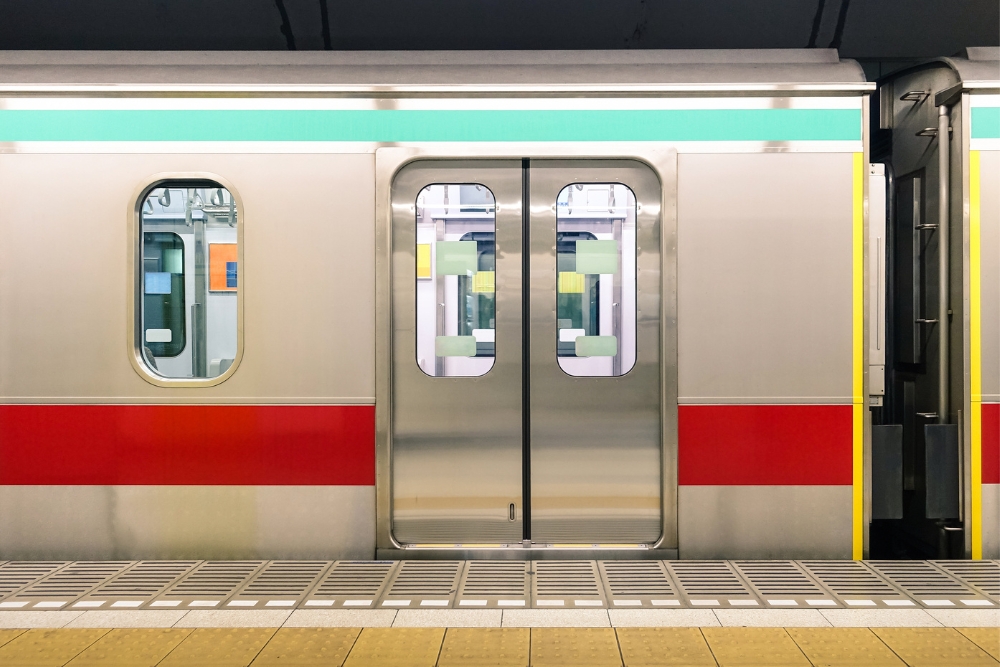
As you prepare to explore the vibrant city of Tokyo, understanding your options for Tokyo Metro tickets is key. Whether it’s a quick single ride or you’re planning extensive travel across the city, there’s a convenient ticketing option waiting for you.
Different Types of Tickets and Passes Available
To meet the needs of both occasional riders and frequent travelers, Tokyo Metro offers a variety of tickets, including single-journey tickets and the Tokyo 1-3 day subway pass. Below is a table to help you compare the options and pick the one best suited for your travels.
| Ticket Type | Duration | Cost | Unlimited Travel? |
|---|---|---|---|
| Regular Ticket | Single Journey | 180 – 330 yen | No |
| 1-Day Pass | 24 Hours | 800 yen | Yes |
| 2-Day Pass | 48 Hours | 1200 yen | Yes |
| 3-Day Pass | 72 Hours | 1500 yen | Yes |
Advantages of Using a Rechargeable IC Card
For seamless travel, a rechargeable IC card like the Suica or PASMO can be invaluable. Not only do these cards allow you to effortlessly tap in and out of the metro, but they also serve as electronic money for purchases in convenience stores, vending machines, and even some taxis. The convenience they offer is unmatched—imagine breezing through station gates while avoiding the hassle of purchasing individual tickets!
The Process of Buying Tickets at Multilingual Machines
In the heart of Tokyo’s bustling stations, you’ll find user-friendly, multilingual ticket machines. With interfaces in English, Japanese, Chinese, and Korean, these machines make purchasing tickets easy and stress-free. Follow the simple on-screen instructions to select your destination, and the machine will automatically calculate the fare. Payment can be made using cash or credit card, ensuring you’re on your way in no time.
Exploring Tokyo Metro Routes and Transfers
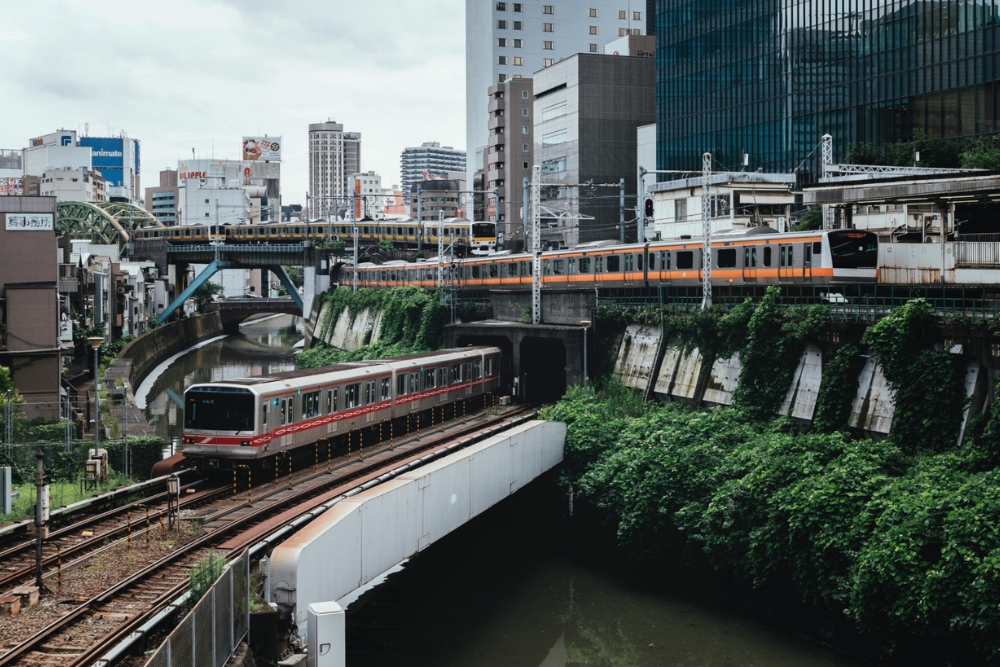
Mastering the Tokyo metro map is essential when navigating Tokyo metro routes, whether you are a first-time visitor or a regular commuter. By understanding the visual language and layout of the map, you will find yourself moving through the vast network like a local. Let’s dive into how you can decipher this integral tool for efficient travel in Tokyo’s metropolitan area.
How to Read the Tokyo Metro Map for Efficient Travel
Gazing at the Tokyo Metro Map, you might initially be met with a web of lines crisscrossing in all directions. Each line is represented by a unique color and a corresponding code. These colors and codes not only make it easier to identify which line you need but also aid in tracing your route from one point to another. Ever wondered how to switch lines or make a transfer? The map highlights transfer stations, ensuring you know exactly where to disembark and switch lines. With stations and transfer points clearly marked, you can confidently navigate your way from A to B without any fear of getting lost.
Understanding the Significance of Line Colors and Codes
Tokyo’s Metro map is a vibrant mix of colors, each one signifying a different metro line. From the deep blue of the Hibiya Line to the light green of the Chiyoda Line, these colors are your visual guides. Alongside colors, the lines are also associated with alphanumeric codes — “H” for Hibiya or “C” for Chiyoda, for example. When planning your trip or looking for a route on the map, these codes are quick references that help you navigate to your desired destination.
Transfer Tips for Smooth Station Changes
Transfers are an integral part of traveling on the Tokyo Metro, but they need not be daunting. Here are some tips for a smooth transition between lines:
- Pay attention to the signs: Transfer points are clearly marked, so keep an eye out for the line colors and codes.
- Use designated queuing spots: Each platform has marked areas indicating where to line up for each car, facilitating an orderly boarding and alighting process.
- Let passengers off first: Always allow passengers to exit the train before you board, making the process efficient for everyone.
Following these simple guidelines ensures a quick and courteous transfer, enabling a seamless journey through Tokyo’s vast underground network.
| Line Code | Line Color | Main Transfer Stations |
|---|---|---|
| H (Hibiya) | Gray | Ueno, Ginza, Hibiya |
| C (Chiyoda) | Light Green | Omotesando, Kasumigaseki, Nijubashimae |
| G (Ginza) | Orange | Shinbashi, Akasaka-mitsuke, Shibuya |
| Z (Hanzomon) | Purple | Otemachi, Nagatacho, Shibuya |
Getting the Most Out of Tokyo Metro Features

Navigating Tokyo’s vast metro network can be vastly simplified with a handful of helpful features designed to enhance your travel experience. Whether you’re a local commuter or a visitor exploring the city, understanding how to utilize these services can make your journey through the capital both seamless and enjoyable.
Utilizing the Tokyo Metro Timetable
As you plan your day around Tokyo, the Tokyo metro timetable is indispensable for timely travel. This schedule allows you to pinpoint the exact departure and arrival times, minimizing wait times and maximizing your efficiency. Trains are frequent, running roughly every few minutes during peak hours and serve as a reliable mode of transport from as early as 5:00 am to the stroke of midnight. Regular updates to the timetable also account for any service changes, ensuring you’re always on track.
Making Use of Tokyo Metro Free Wi-Fi
Stay connected on the go with the convenience of Tokyo metro Wi-Fi. This complimentary service offered at numerous Tokyo Metro and Toei stations ensures that whether you need to check your next stop, revise your sightseeing itinerary, or message a friend, you can do so without a hitch. Free Wi-Fi also means you can save on data and avoid unnecessary roaming charges, keeping your trip cost-effective and your travel smart.
Accessibility Options for a Smooth Ride
Ensuring a barrier-free journey for all, Tokyo metro accessibility options are a shining example of inclusive travel. Priority seating is available for those in need, including elderly passengers, expectant mothers, or those with disabilities. Elevators and tactile paving among other amenities are present to facilitate a smooth and comfortable experience for everyone. Pay attention to the clear signs and announcements that make navigating the Tokyo Metro a user-friendly adventure.
Travel Tips for Seamless Tokyo Metro Experience
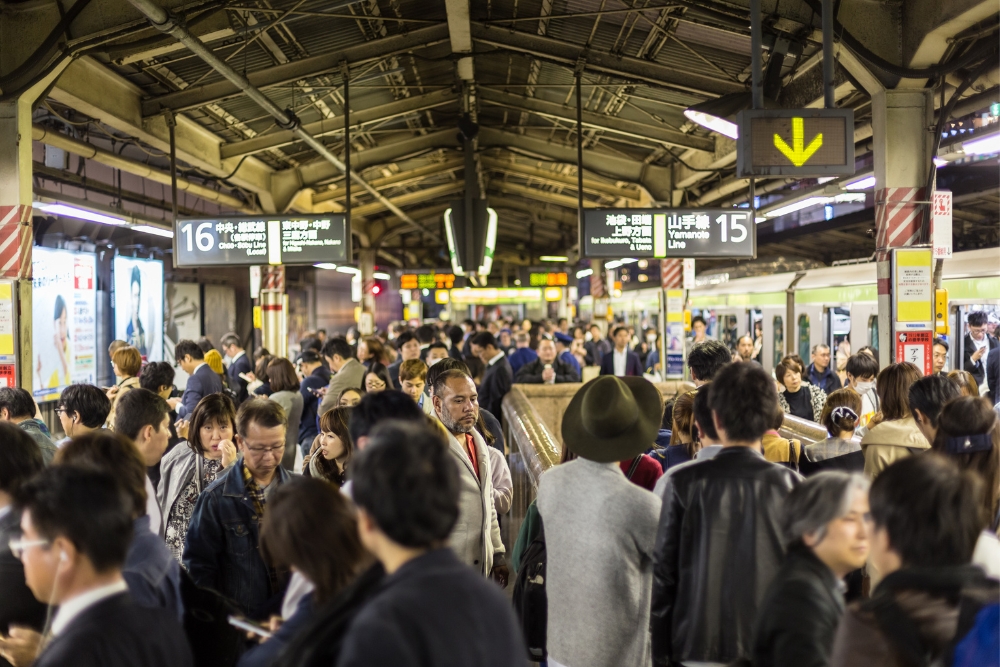
Embarking on a journey through Tokyo’s iconic metro system is an adventure in itself. To ensure your experience is as seamless as possible, it’s important to keep a few pointers in mind. These tips will not only enhance your travel but also respect the norms of Tokyo Metro etiquette.
Behavioral Etiquette Onboard Trains
Respecting the local customs can go a long way in making your ride smooth and pleasant. Remember to maintain a quiet demeanor—loud conversations or music is generally frowned upon. Refrain from eating or drinking to keep the trains clean and comfortable for everyone. Line up orderly at the doors, and wait for passengers to disembark before boarding. Most importantly, always offer your seat to those who need it more, such as the elderly, disabled, or pregnant passengers.
When to Use the Tokyo Metro App and When to Ask for Help
- Use the Tokyo Metro app when you need real-time updates on train schedules, station information, or fare calculation.
- Turn to the app for interactive maps that can guide you through complex station layouts.
- It’s time to ask for help when you are unsure about your route or if you face any language barriers; station staff are known for their helpful and courteous service.
Never hesitate to approach the information counters for assistance. For language support, the Tokyo Metro app comes equipped with helpful translations, making it a valuable resource for Tokyo metro travel tips.
Lost & Found Procedures on the Tokyo Metro
If you’ve misplaced an item, don’t worry—the Tokyo Metro has an efficient lost and found system. Report your item as missing at the nearest station as soon as possible, or use the app to contact the Lost & Found department. Here’s a quick overview of the steps you should take:
| Step | Action | Location |
|---|---|---|
| 1 | Report lost item | Nearest station staff or app |
| 2 | Provide item details | Fill in Lost Item Form |
| 3 | Follow-up | Check with Lost & Found Office or app updates |
| 4 | Claim item | Visit designated Lost & Found Office with ID |
Misplacing belongings can add stress to your travel, but quick action combined with the helpful Tokyo Metro staff can often result in a positive outcome. Remember, the sooner you report the better your chances of recovery.
Conclusion On How to Navigate the Tokyo Metro
Embarking on a journey through the intricate network of the Tokyo subway system can be quite an adventure, and thankfully, it is one well-supported by a variety of user-oriented amenities and services. By arming yourself with a comprehensive Tokyo Metro guide and some savvy Tokyo Metro travel tips, you transform what might initially appear as a travel challenge into an effortless sojourn through the heart of Japan’s vibrant capital. The widespread convenience offered by the Tokyo Metro makes it an exemplary model of urban transportation.
Your experience can be greatly enhanced by becoming familiar with the different ticket and pass options, understanding the significance of the metro map color codes, and using the Tokyo Metro app for efficient route planning. Moreover, adhering to the expected etiquette ensures not only your comfort but also the comfort of those around you. Remember to lean on the array of technological tools at your disposal but don’t hesitate to seek assistance from the helpful station staff when needed.
Ultimately, whether it’s your daily commute or a once-in-a-lifetime trip, the Tokyo subway system is designed to guide you to your destination with ease. By following the advice laid out in this guide, you are well-equipped to navigate the bustling metropolis with confidence. Enjoy the journey and embrace the opportunity to explore every corner of Tokyo’s urban landscape through its efficient, punctual, and extensive metro service.




